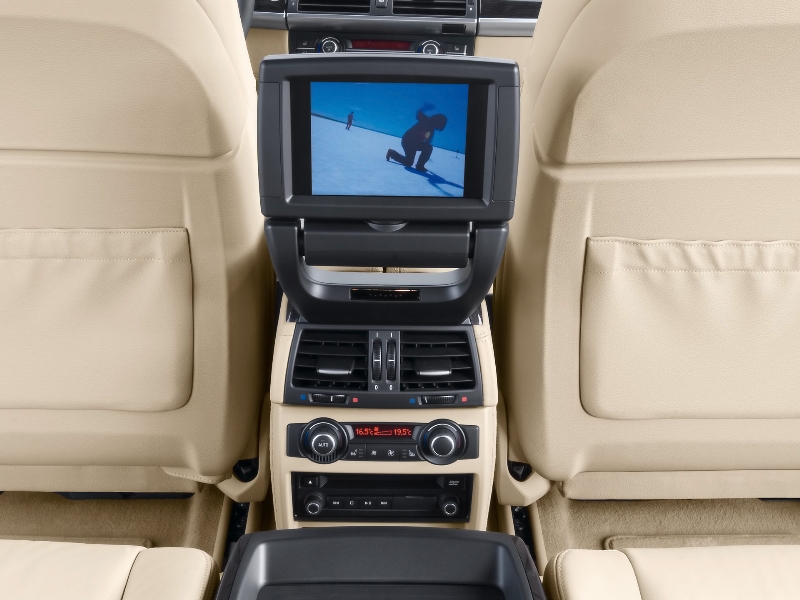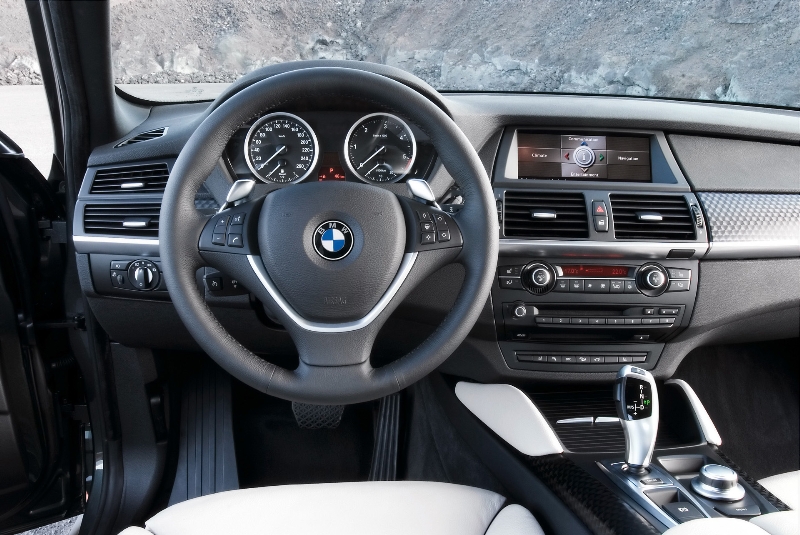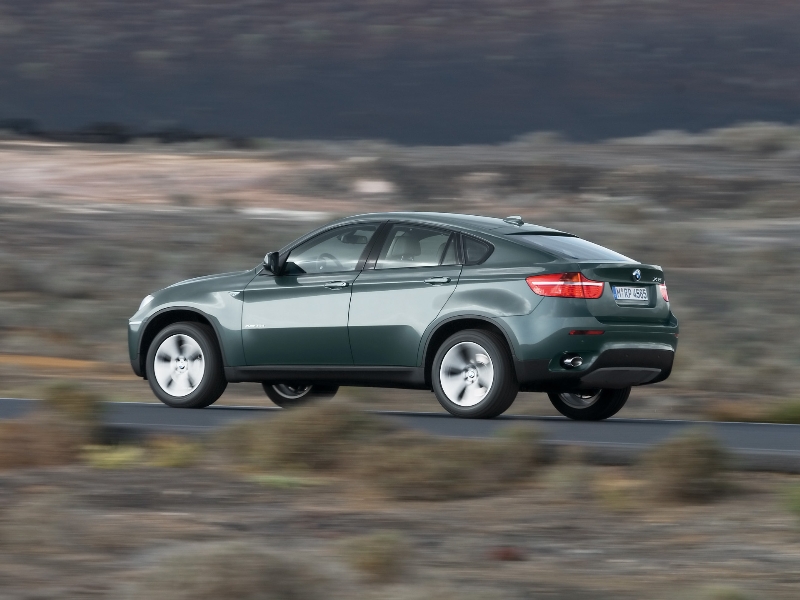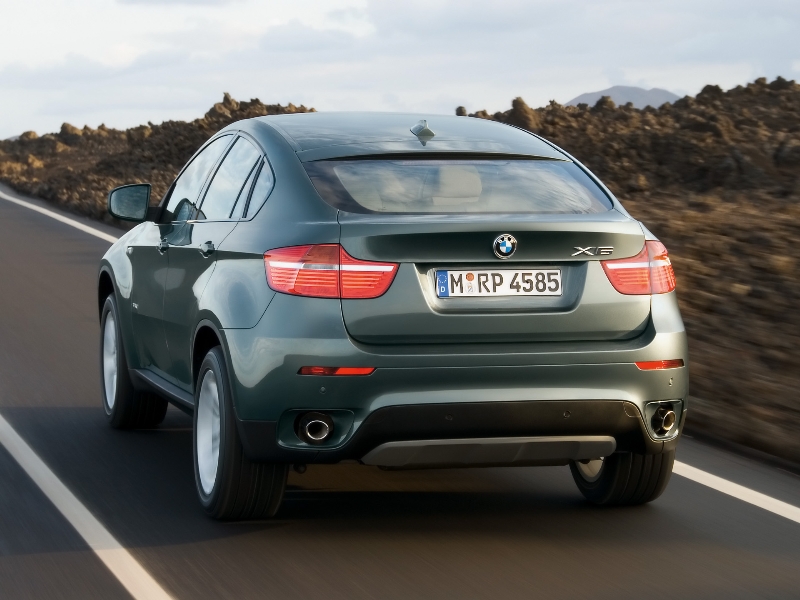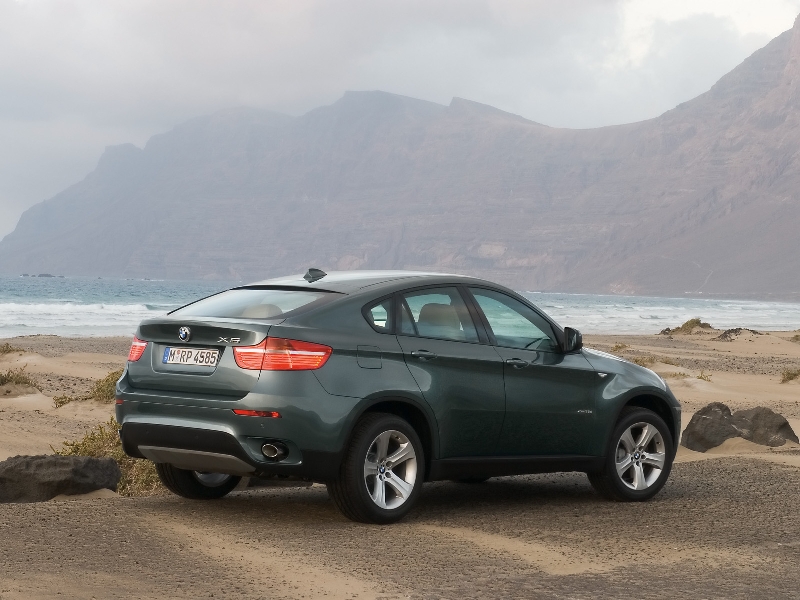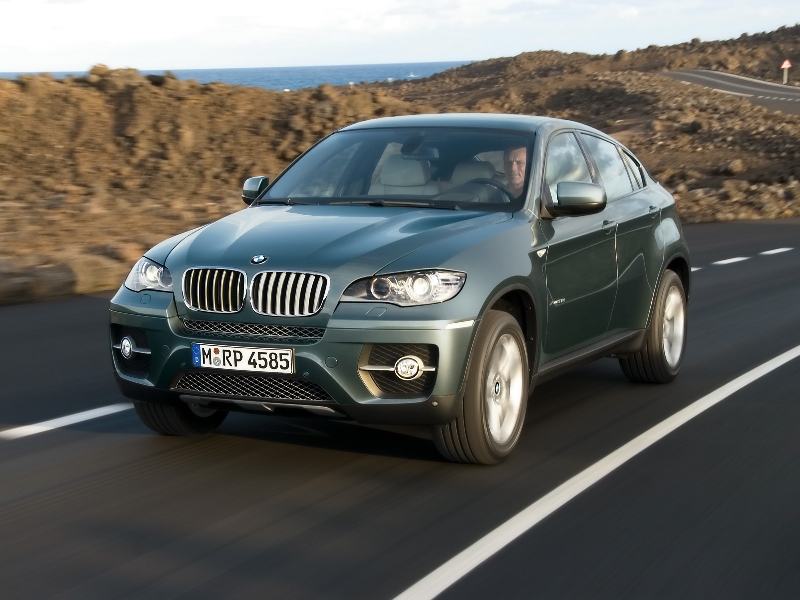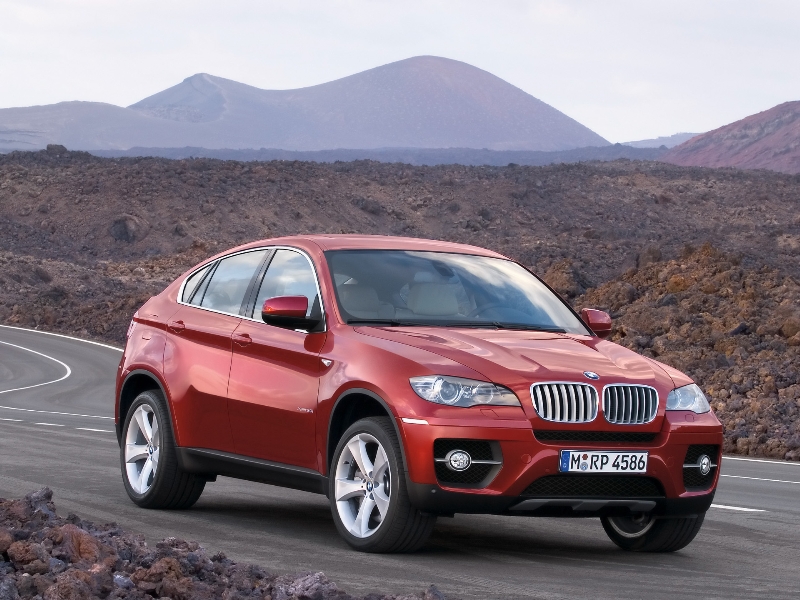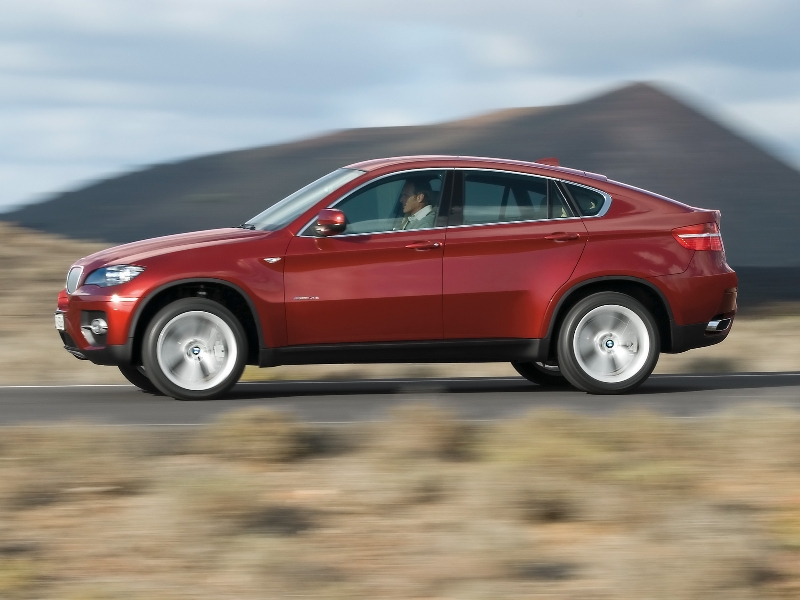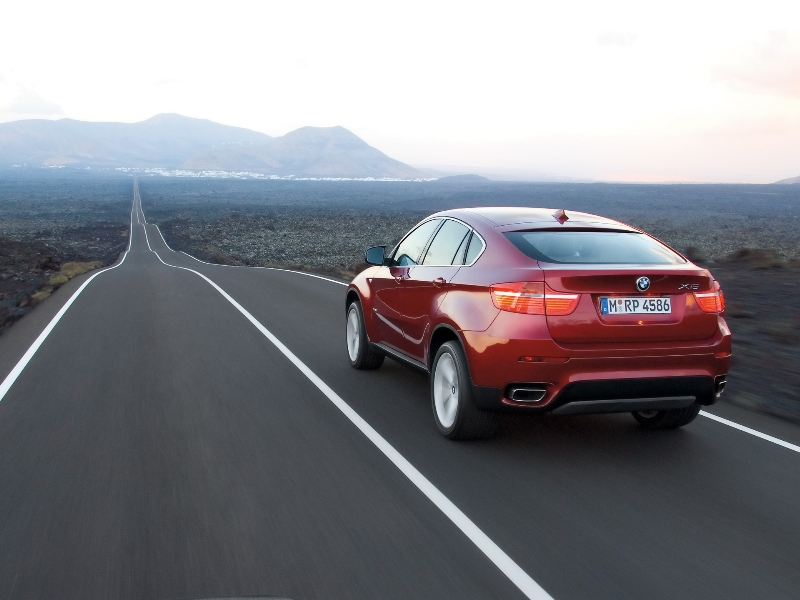Look at the Camaro coupe concept's top, or the original 1969 Camaro to which it pays homage, and you'll see it's easy to slice it off without compensating for too fast a fastback. It's easy if you picture it or photoshop it as we did months ago. It wasn't as easy for Tom Peters, director of rear-drive design and chief of design for the Camaro convertible, last year's coupe, and, not coincidentally, for the C6 Corvette.
"It's amazing how many people think that's all you do," Peters says. "Probably every surface is changed, say, two or three inches down from the door-cut back all around. Even the spoiler looks like the one on the coupe, but it's not."
Rear fenderlines drop off from the horizontal surface to the vertical surface a couple inches farther out than on the coupe to keep proportions good. If showing a Camaro convertible concept at the 2007 Detroit show seems obvious, that's only from your armchair.
It may not be so obvious as it is necessary. Chevy will launch the Camaro coupe in late 2008 as a 2009 model; then to battle the other Ford Mustang body style, it'll launch the Camaro convertible about spring of 2009. We're still awaiting official word from Chrysler on a ragtop version of the 2009 Dodge Challenger, but that's another no-brainer.
"The overall car statement is," Peters says, "whereas the last one was pure, design-statement, performance-oriented, this one has more of a fun, sporty, kind of personality to it. And that's appropriate. That's what Camaro's been in the past; that's what these types of cars have been in the past. Sporty, fun, and all the way to the serious performance."
As the concept makes the rounds of car shows following its Detroit debut, GM Australia is hard at work on the production car. Expect thicker sills and tunnels and added cross-bracing to give the convertible's unibody coupelike stiffness.
Doing another Camaro concept also gave Peters's crew the chance to work on different colors and textures. The convertible concept has charcoal SS stripes over a lustrous Hugger orange paint job-the stripes are so dark they appear black under certain light. You might think of the 1969 Camaro RS/SS Indy 500 official pace car, which has orange stripes on a white body.
The retro houndstooth-pattern seats of the 2006 coupe are replaced with leather moderne. "The biggest, most obvious differences are in the color and trim," says Micah Jones, who designed both concept interiors. "The metal finishes, the finishes of the accent panels, the seats are even a little different color." The two back seats are about six inches closer together to make room for the tonneau cover. As in last year's coupe, the front seat tracks are on the center console and on the rocker panels instead of the floor for better rear-seat foot space.
"Having the top down exhibits a bit more confidence for the driver and more confidence to the interior. That's why the interior has a lot more of a bold presence. With the white seat-facing and the gloss-white accent panels, it conveys a more expressive sense." Details bring the convertible just slightly closer to the production model. "There are just a few things, like the clarity of the gauges; some of the color breakups are closer."
Circular gauges in square frames seem certain for production. Jones has modernized this retro look, with the metal of the gauge-surround "pressing" through the leather skin. Metal pieces fit flush with leather throughout the interior. The large, round gauges now are white-faced, with black chrome numbers and a red anodized needle, for more clarity, versus the coupe's turned-aluminum face with chrome numbers. There's a blue glow circling the convertible's gauges, and the only reference inside to the orange paint is the seat stitching. The deep-dish three-spoke steering wheel and Rallye Pack-inspired four-pack gauge cluster at the base of the floor console, fortunately, return.
The six-speed manual's gearshift looks like a piece of sculpture, and the chrome seatbelt buckles are designed to look like the iconic belt buckles in late 1960s GM cars.
Building a second Camaro concept also gave Peters and his gang a chance to try modern rallye-style wheels evocative of those on the early cars. They're 21-inch front, 22-inch rear, as on the coupe. The wheels repeat the body paint color with a thin, orange line around the outer edge, a subtle nod to redwalls available circa 1969.
While the sliver-blue 2006 coupe is a handsome car, the orange convertible, especially with those thick charcoal stripes, just pops off the page. Dodge's more literally retro orange Challenger concept had a slight edge in public response last year. It probably would've gone the other way if the first Camaro concept had been painted Grabber orange. The car also looks trimmer than the coupe, and it's hard to tell whether paint color or lack of a top is the reason. Orange paint surrounding the grille makes the grille look like more of a face, like something out of Pixar's "Cars."
Color choice is the most subjective factor of all. GM designers and modelers have 1:18-scale models of the coupe concept (on sale to the public any day now), and many have already painted and modified their small cars the way they plan to order them. Peters and Jones want black paint, with black interior, no stripes for Peters, and with chrome-lipped black wheels and a colored interior for Jones. Both would lower the suspension about an inch.
Peters is sure we'll see a hideaway headlamp kit at SEMA around 2009 and won't rule out doing a production version with them-it's a fashion trend that could return. Chevy, like Ford with its Mustang, plans a wide variety of trim and color combos to take advantage of the broad palette available on the early models. Like the 2008 Boss and Bullitt Mustang, you can expect special-edition Camaros through the years to keep the design fresh.
And you also can expect the same variety of engines for the convertible as for the coupe. The convertible concept has last year's ram-air 6.0-liter LS2 engine, rated 400 horsepower and with Active Displacement Management and an exhaust note that makes a sensuous, throaty burble. Built on the next-generation Holden/Zeta architecture, the car has independent rear suspension. It's likely the base engine will be the DOHC 3.6-liter V-6, not the 3.9-liter pushrod V-6.
The best news is, size the tires down to a "normal" 18 or 19 inches, and you're looking at the convertible you're likely to find in dealerships in 2009.
"I can't speak to specific details," Jones says. "But I can say the production car is close to the concept car. The theme is identical. The detailing is very, very close."
Peters concurs. "It's translating extremely well."
The Indianapolis Motor Speedway will want orange SS stripes on white paint. Of course, that was 1969. In 1970, the pace car was a Challenger convertible.













